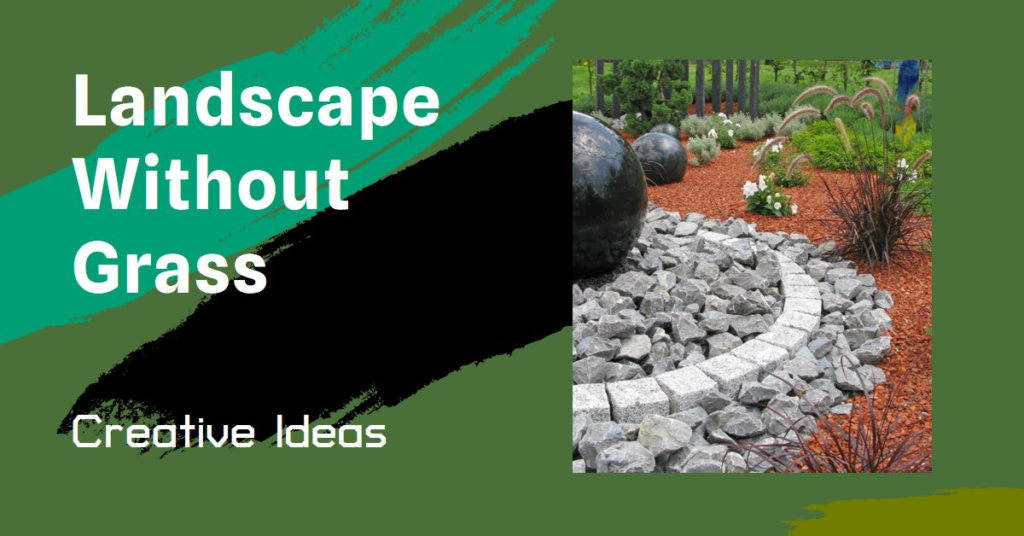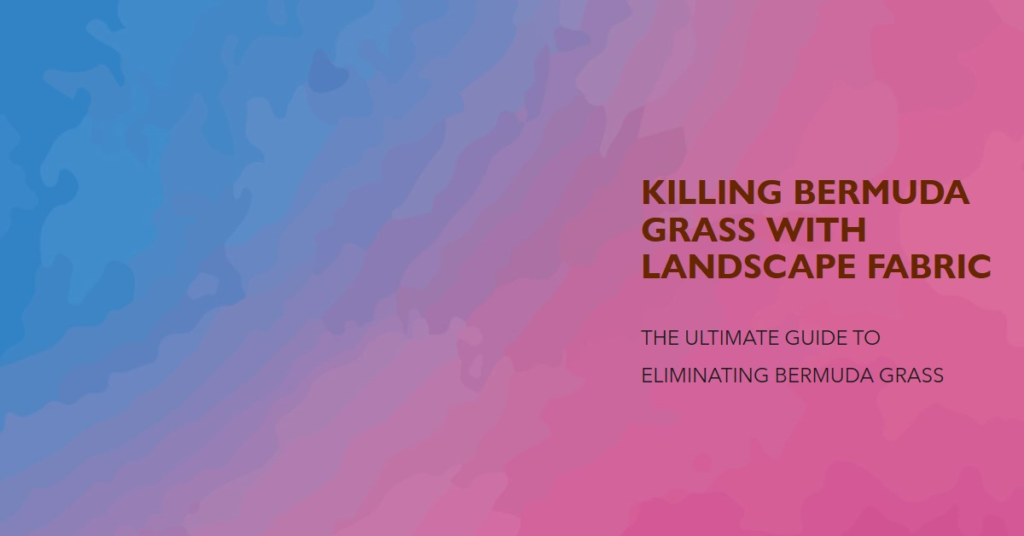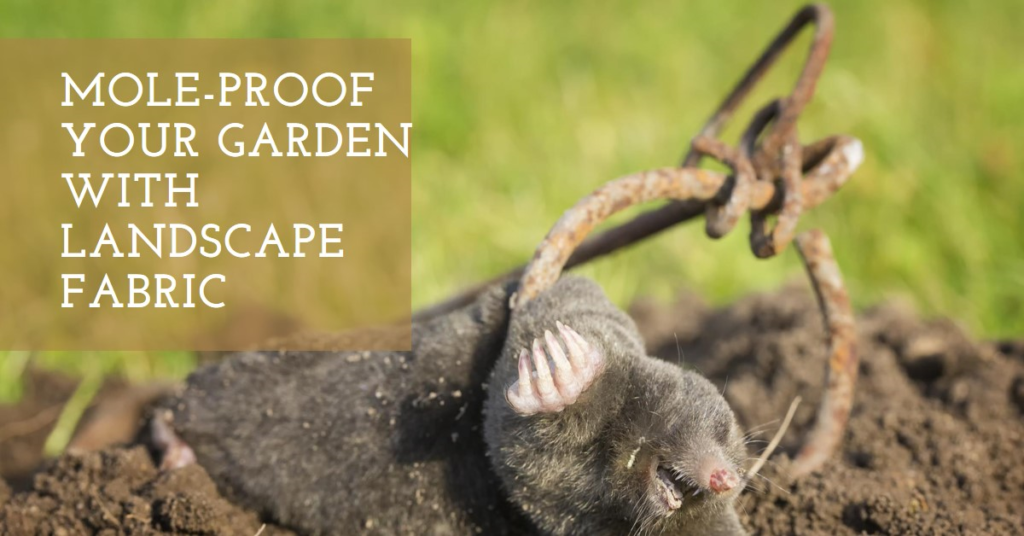
Table of Contents
- Introduction
- 1. The Allure of Hardscaping: An Artistic Foundation
- 2. Water Features: Serenity in Your Backyard
- 3. Xeriscaping: Embracing Drought-Tolerant Beauty
- 4. The Charm of Ground Covers: A Green Alternative
- 5. The Magic of Moss Gardens: A Soft, Green Carpet
- 6. The Elegance of Ornamental Grasses: Structure and Movement
- 7. The Versatility of Container Gardening: Portable Beauty
- 8. Edible Landscapes: Beauty with a Purpose
- 9. Artistic Accents: Personal Touches in the Landscape
- Conclusion: Redefining Outdoor Spaces
Introduction
In the realm of landscape design, the traditional green lawn has long been a symbol of aesthetic appeal and meticulous care. However, the modern landscape artist often seeks to explore beyond the boundaries of convention, embracing more sustainable, diverse, and creative approaches to garden design. Whether driven by water conservation needs, the desire to reduce maintenance, or simply the urge to break free from the norm, landscaping without grass offers a plethora of opportunities to create stunning outdoor spaces. This blog will delve into various innovative ideas that showcase the beauty and functionality of grass-free landscapes.
1. The Allure of Hardscaping: An Artistic Foundation
Hardscaping Defined
Hardscaping refers to the incorporation of non-plant elements into your landscape design. These elements can range from stone pathways and patios to retaining walls and decorative boulders. The use of hardscaping can create a structured, clean look while reducing the need for regular maintenance associated with traditional lawns.
Benefits and Applications
Incorporating hardscaping into your landscape design can also increase the usability of your outdoor space. For instance, a well-designed patio can serve as an extension of your living area, providing a perfect spot for outdoor dining and entertaining. Stone pathways can guide guests through your garden, creating a sense of journey and discovery. Additionally, hardscaping elements such as gravel or crushed stone can serve as excellent ground covers, providing texture and contrast without the need for watering or mowing.
2. Water Features: Serenity in Your Backyard
The Beauty of Water Elements
Adding a water feature to your landscape can transform an ordinary garden into a tranquil oasis. Water elements such as fountains, ponds, and waterfalls can introduce soothing sounds and dynamic movement, enhancing the sensory experience of your outdoor space.
Design Considerations
When designing a water feature, consider the overall style of your landscape. A modern garden might benefit from a sleek, minimalist fountain, while a more naturalistic design could be complemented by a meandering stream or a koi pond. Additionally, think about the placement of your water feature to ensure it becomes a focal point that draws attention and provides a sense of harmony and balance within your garden.
3. Xeriscaping: Embracing Drought-Tolerant Beauty
What is Xeriscaping?
Xeriscaping is a landscaping method that reduces or eliminates the need for supplemental water from irrigation. By selecting plants that are native to your region or well-adapted to dry conditions, you can create a lush, vibrant garden that thrives with minimal water.
Plant Selection and Design
In xeriscaping, plant selection is crucial. Opt for succulents, cacti, and other drought-tolerant species that require less water but still offer a wide range of colors, shapes, and textures. Group plants with similar water needs together to further conserve resources and create visually cohesive sections within your garden. Additionally, incorporating mulch and other ground covers can help retain soil moisture and reduce evaporation.
4. The Charm of Ground Covers: A Green Alternative
Exploring Ground Cover Options
Ground covers are low-growing plants that spread across the soil, creating a dense mat of foliage. They can be an excellent alternative to traditional grass lawns, providing greenery and reducing the need for mowing and watering.
Benefits and Varieties
Ground covers such as creeping thyme, clover, and sedum offer numerous benefits, including erosion control, weed suppression, and aesthetic appeal. These plants can add texture and color to your landscape, creating a rich tapestry of foliage that changes with the seasons. Additionally, many ground covers are hardy and low-maintenance, making them ideal for busy homeowners or those looking to reduce their environmental footprint.
5. The Magic of Moss Gardens: A Soft, Green Carpet
Understanding Moss Gardens
Moss gardens can create a serene, otherworldly atmosphere in your landscape. Mosses thrive in shady, moist environments and can form a lush, green carpet that requires no mowing and minimal care.
Cultivating Moss
To establish a moss garden, choose a shaded area of your yard and ensure the soil is slightly acidic and consistently moist. Moss can be propagated by transplanting moss fragments or encouraging natural colonization. Once established, a moss garden can provide a tranquil retreat, with its soft, velvety texture and vibrant green hues.


6. The Elegance of Ornamental Grasses: Structure and Movement
Advantages of Ornamental Grasses
Ornamental grasses offer an excellent alternative to traditional lawns, providing vertical interest, texture, and movement to your garden. These grasses are typically low-maintenance and can thrive in a variety of conditions.
Design Ideas
Incorporate ornamental grasses such as blue fescue, fountain grass, and switchgrass into your landscape to create dynamic, flowing forms that sway with the breeze. These plants can be used to define borders, create visual barriers, or serve as focal points within your garden. Their varied colors, heights, and textures can add depth and complexity to your outdoor space.
7. The Versatility of Container Gardening: Portable Beauty
Benefits of Container Gardening
Container gardening allows you to cultivate plants in pots, planters, and other containers, providing flexibility in your landscape design. This approach is ideal for those with limited space or for creating focal points that can be easily moved and rearranged.
Creative Uses
Use containers to introduce bursts of color and interest throughout your garden. Consider planting a mix of annuals, perennials, and even small shrubs or trees in stylish pots that complement your overall design theme. Container gardening also allows for easier management of soil conditions and can help control invasive plants by restricting their growth to defined areas.
8. Edible Landscapes: Beauty with a Purpose
Integrating Edibles
Edible landscapes combine aesthetic appeal with practicality by incorporating fruits, vegetables, and herbs into your garden design. This approach not only provides fresh produce but also adds a unique dimension to your landscape.
Design Tips
When designing an edible landscape, consider both the visual and functional aspects of your plant choices. For example, use fruit trees as shade providers or berry bushes as attractive hedges. Interplant herbs and vegetables with ornamental plants to create a garden that is as beautiful as it is bountiful. Additionally, raised beds and vertical gardening techniques can maximize space and improve accessibility.
9. Artistic Accents: Personal Touches in the Landscape
Adding Artistic Elements
Incorporating artistic elements into your landscape design can infuse your garden with personality and charm. These elements can range from sculptures and garden art to whimsical features like fairy gardens or unique planters.
Creative Inspiration
Consider using recycled materials to create one-of-a-kind garden art, or invest in sculptures that reflect your personal taste and style. Wind chimes, birdbaths, and decorative stones can also enhance the sensory experience of your garden, adding sound, movement, and visual interest. By thoughtfully integrating these artistic accents, you can create a landscape that is not only visually stunning but also deeply personal and reflective of your creativity.
Conclusion: Redefining Outdoor Spaces
Landscaping without grass opens up a world of possibilities for creating beautiful, sustainable, and unique outdoor spaces. By embracing alternative approaches such as hardscaping, water features, xeriscaping, ground covers, moss gardens, ornamental grasses, container gardening, edible landscapes, and artistic accents, you can design a landscape that is both functional and inspiring. These innovative ideas not only contribute to environmental conservation but also offer the opportunity to express your creativity and personal style. As we move towards a greener future, let us reimagine our landscapes and discover the endless potential of gardens without grass.


